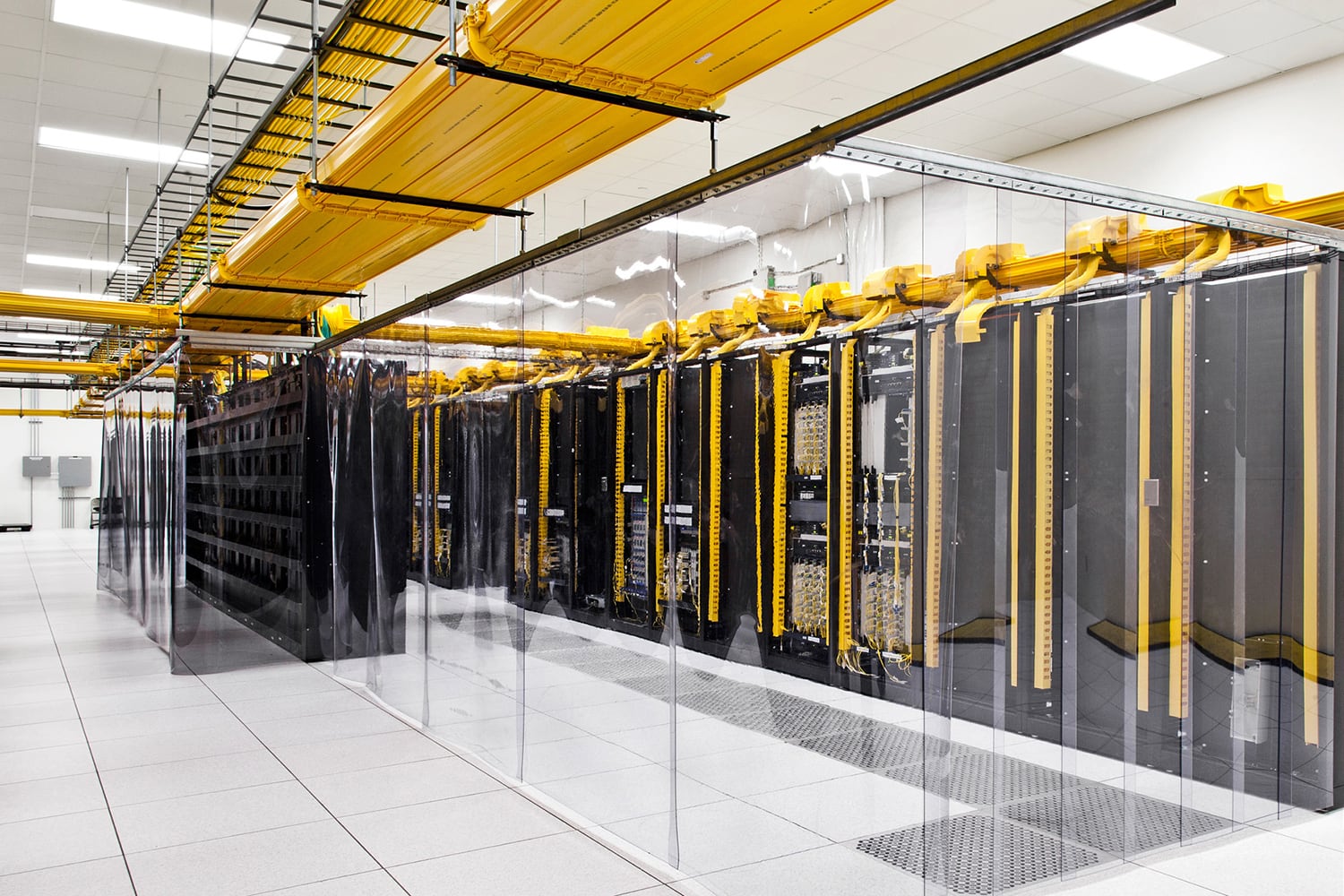Wiring A Commercial Building
Most commonly known as branch circuit wiring in homes and businesses these products carry electrical current to all power applications in a building or dwelling.

Wiring a commercial building. Building wire and cable is used in the construction of almost every commercial industrial and residential property in the world. As of 2017 the standard is at revision d replacing the 2009 revision c 2001 revision b the 1995 revision a and the initial issue of 1991 which are now obsolete. Electrical wiring is an electrical installation of cabling and associated devices such as switches distribution boards sockets and light fittings in a structure. The standards address commercial building cabling for telecommunications products and services.
Ansitia 568 is a set of telecommunications standards from the telecommunications industry association tia. Use of electrical conduit unlike most homes and apartments where electrical wires are embedded inside the walls commercial electrical wire is often exposed and runs along the surface of the wall. Commercial buildings are primarily people and public oriented and because of their different sizes and types they can need electrical supply with different voltage classes for examples simple residential building will need an electrical supply with low voltage class under 1000 v from public low voltage grid while a commercial building used as health care facilities will need an. Telecommunication wiring in the united states is covered by the commercial building telecommunication cabling standard.
In addition commercial wiring often requires extra protection to withstand high levels of heat and sometimes from exposure to chemicals. Commercial wiring standards are based on the type of wiring that is being installed. Allowable wire and cable types and sizes are specified according to the circuit operating voltage and electric current capability with further restrictions on the.